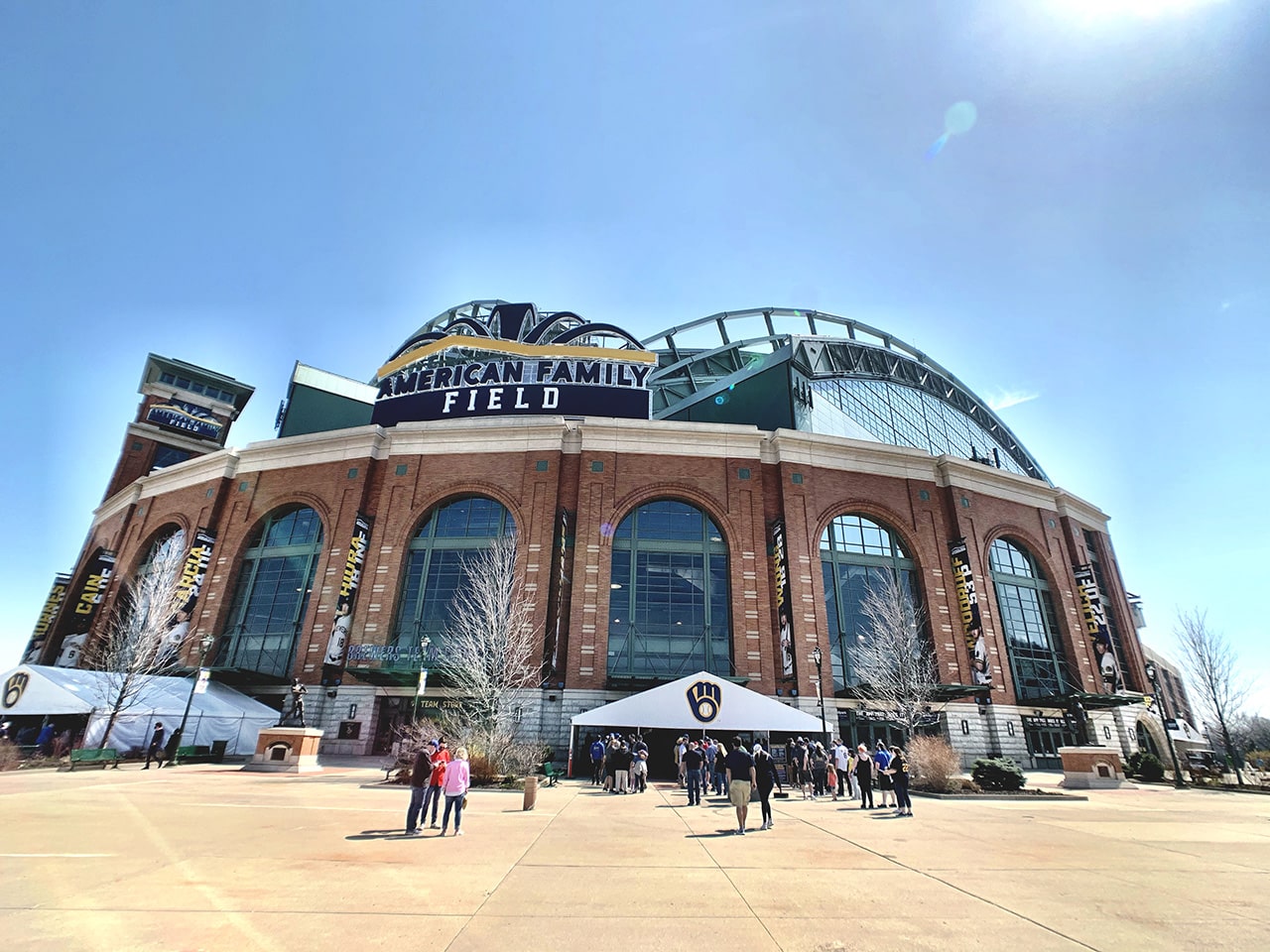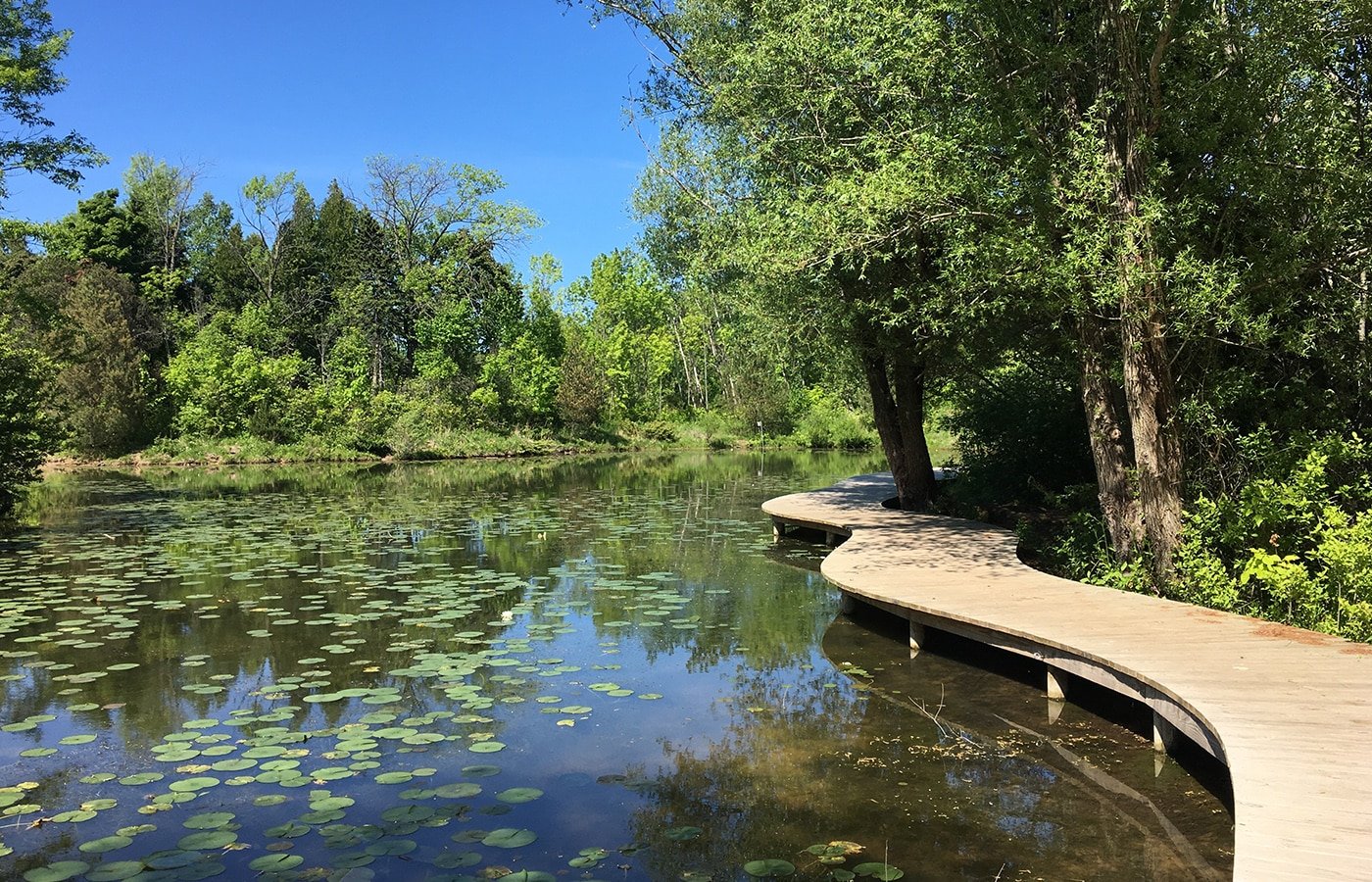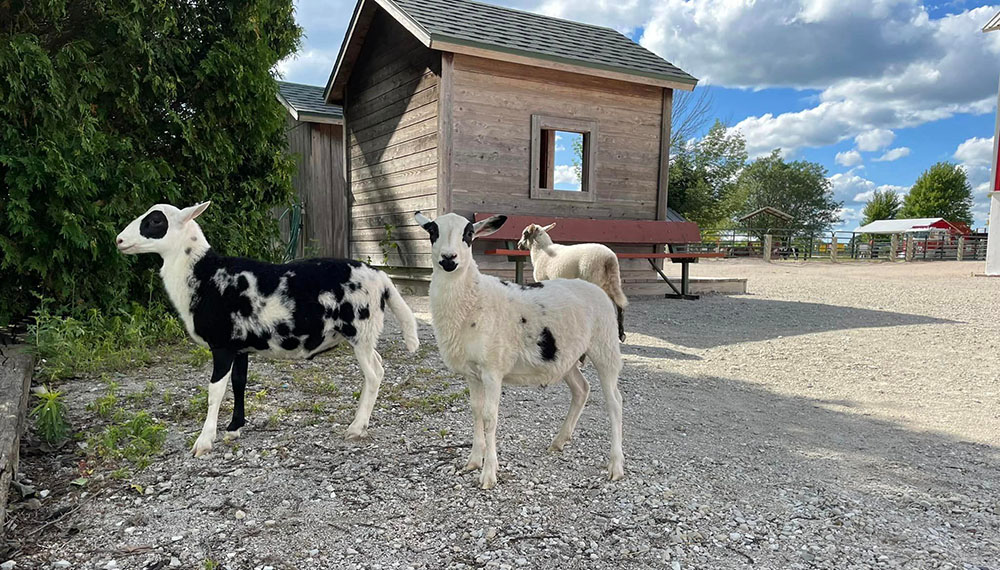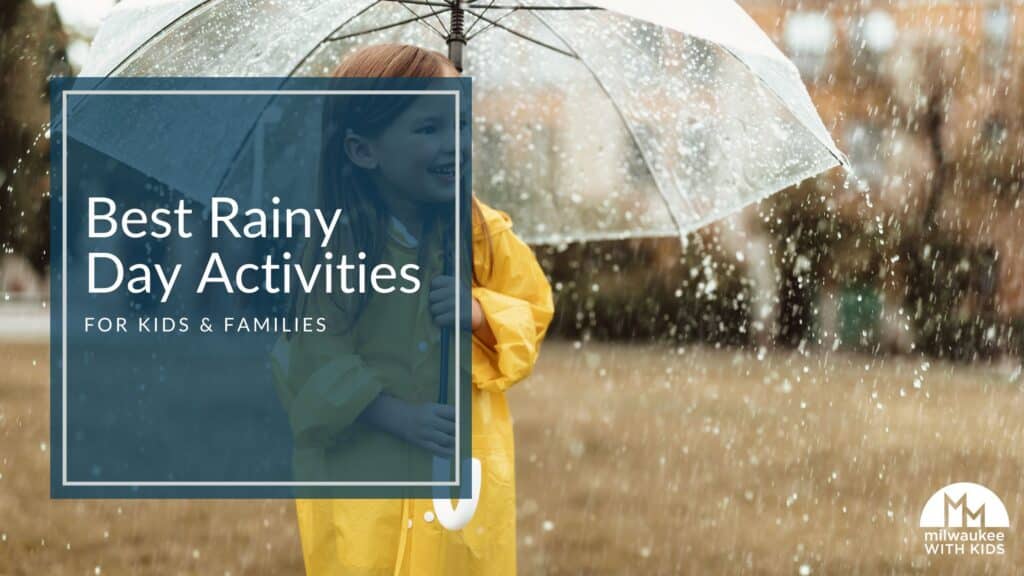
Rainy weather can seem dreary, but with a little creativity, you can actually make some pretty fun memories. If you’re looking for the best things to do on a rainy day, you’re in the right place.
Without further ado, here is an epic list of 100 fun indoor activities for your next rainy day (video games and screen time not included).
The best part? Most of them are free activities. Let’s dive in!
Want more ideas? Check out our epic list of Fun Things To Do At Home With Kids.
Build a Fort
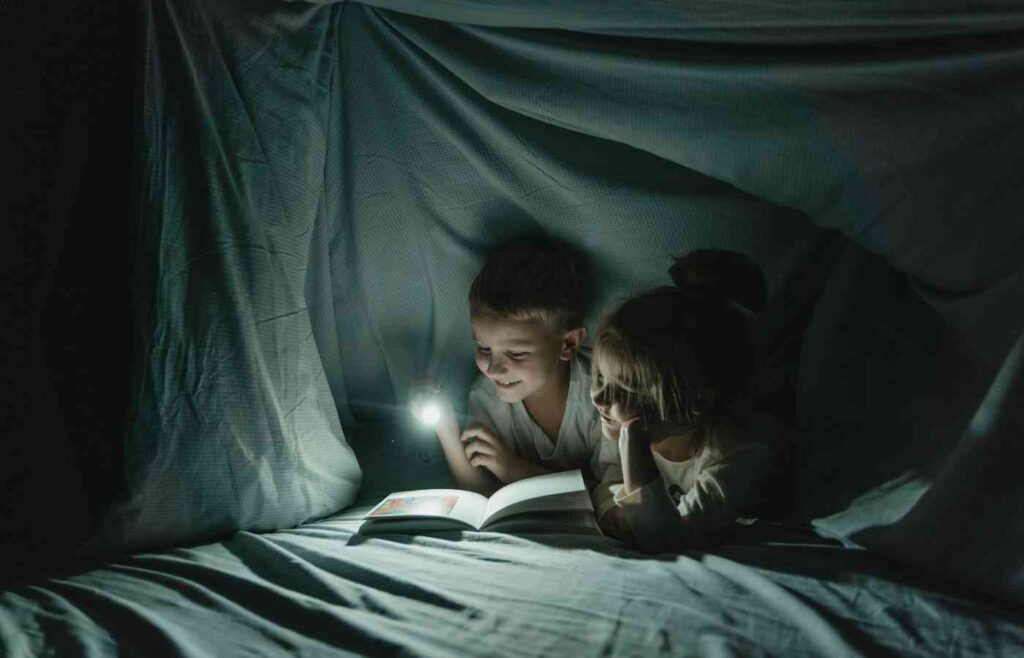
The next time it rains, a great way to pass the time is by building a fort! Grab all the blankets in the house, chairs and tables for stability, pillows for comfort, and get to building your custom cozy fort.
Do a Science Experiment
From invisible ink to dry erase marker magic, these quick and easy science experiments will keep you entertained for hours! And they all use simple ingredients from around the house.
Bake Cookies
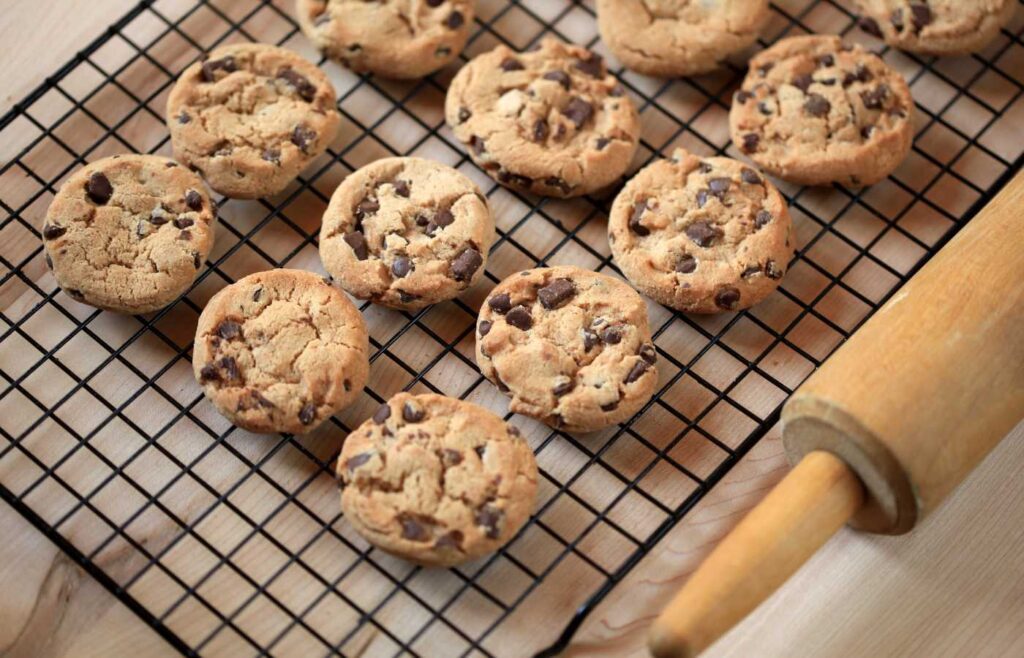
The best way to turn a boring afternoon into a delightful one is by baking cookies. You probably have all the ingredient in your pantry right now.
Facetime a Relative.
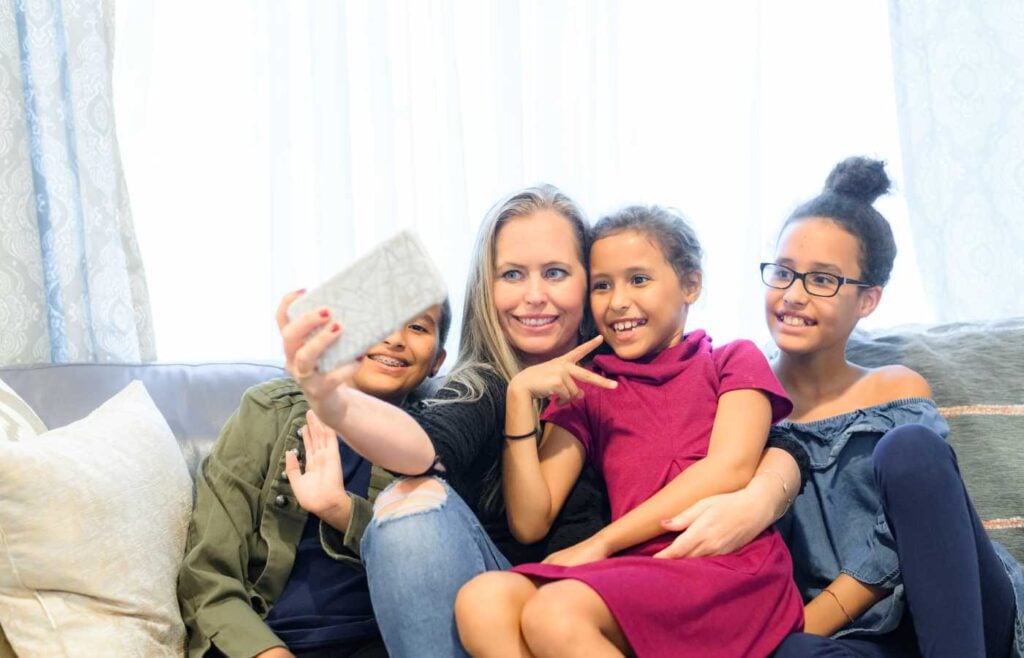
When’s the last time you talked to your grandparents, aunts and uncles, or cousins? I’m willing to be they would be really happy to get a FaceTime call from you! Need some inspiration? Here are some fun games to play on FaceTime.
Learn To Draw
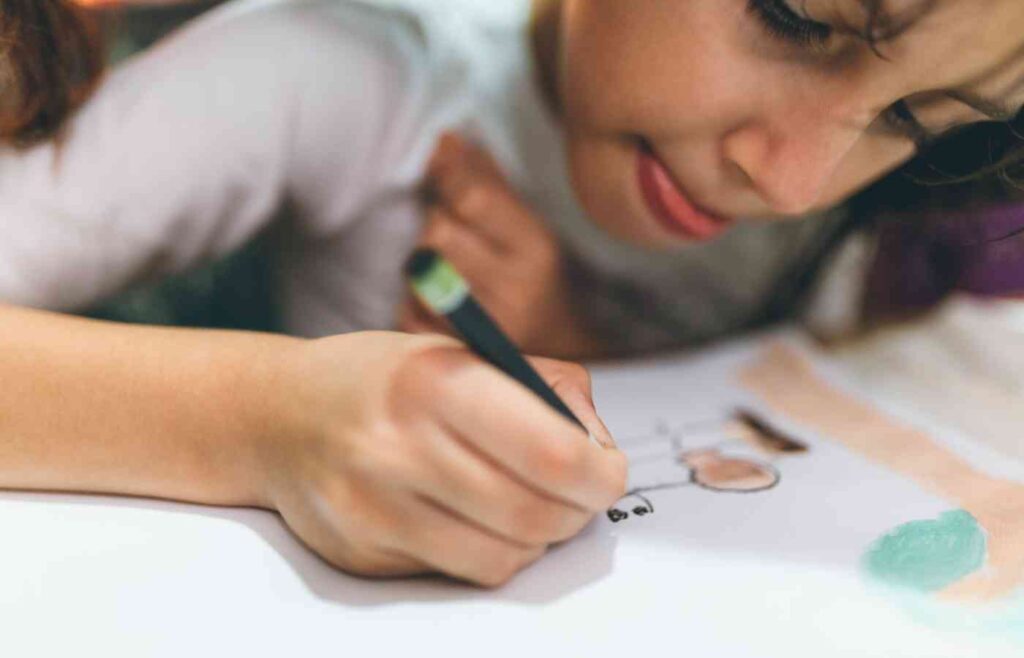
Bring out your inner artist and draw a picture, or bust out the coloring books that have been getting dusty in the cabinet. Need a great idea for your drawing? Check out Art for Kids Hub on Youtube. The videos are free and seemingly infinite, and the encouraging teacher will get your creative juices flowing.
Test Your Trivia Skills 🧠
Rainy days are perfect for testing your knowledge with some fun trivia questions! Check out our collection of the best trivia articles:
- 5th Grade Trivia Questions
- Middle School Trivia Questions
- Trivia Questions for Teens
- Science Trivia Questions for Kids
- Spring Fun Facts and Trivia
Pick a category and challenge your family to a trivia showdown!
Watch a Family Movie 🍿
Cozy up on the couch with a bowl of popcorn and enjoy a classic family movie. Check out our list of the best family movies to find the perfect pick for your next movie night!
Learn a Magic Trick

You’d be surprised how simple some of the most impressive magic tricks are. You’ll find fun ideas all over the internet. Perhaps you can learn enough magic trick to put on an entire show.
Play Never Have I Ever
Want to learn some funny and surprising things about your family and friends? Try playing Never Have I Ever! It’s a great way to spark conversations and lots of laughs. Here are our favorite Never Have I Ever Questions For Kids.
Would You Rather?
Would you rather have spaghetti for hair or marshmallow feet? Silly dilemmas make for a great time! Try out these Would You Rather Questions for Kids for endless fun.
Truth or Dare
Spice up your rainy day with a classic game of Truth or Dare! Will you reveal a fun fact about yourself or take on a hilarious challenge? These Truth or Dare questions for kids that are perfect for all ages.
Most Likely To
Play a fun round of “Most Likely To” and see what your friends and family really think about you! It’s guaranteed to lead to laughter and fun memories. Here are some funny Most Likely To Questions For Kids.
Time Yourself on a Hula Hoop
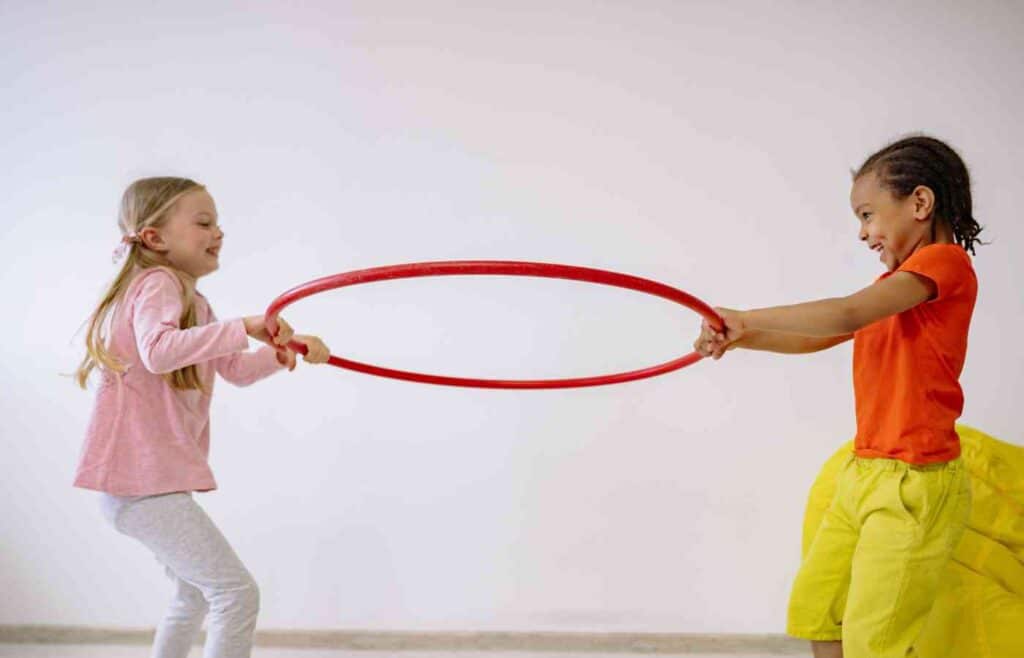
Did you know that the world record for hula hooping is over 100 hours? Hula hoops are so much fun, and a good workout for your core.
Tea Party
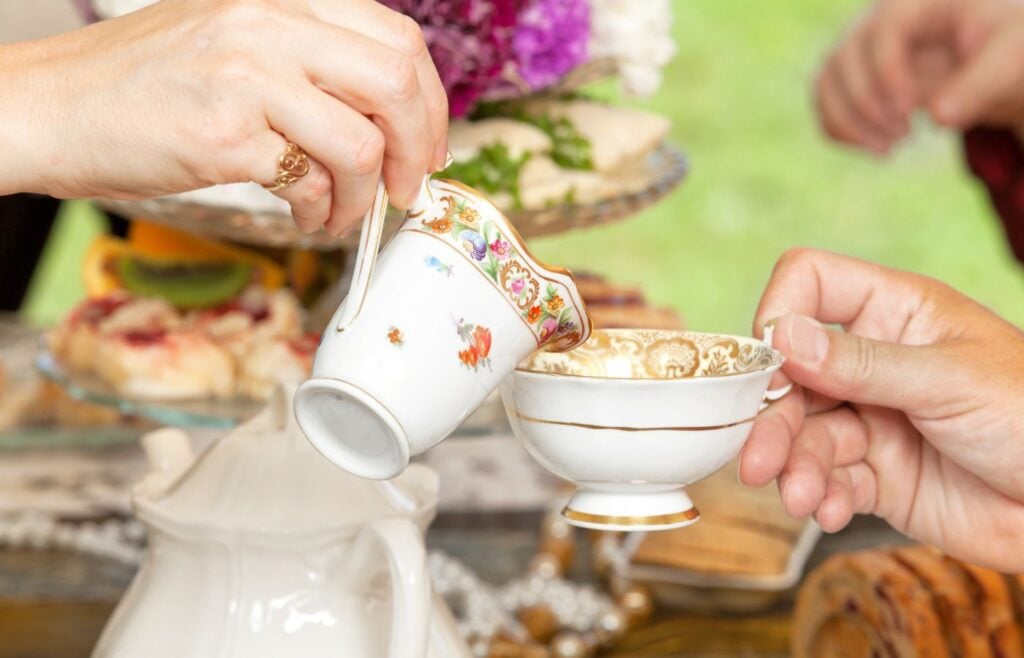
Do you have a tea set that hasn’t been used in awhile? A rainy day is the perfect time for a tea party. Invite the whole family!
Play Keep It Up
This versatile game used to be one of my favorite things to do when I was bored as a child. Keep it up can be played with a bouncy ball or a balloon. You can play it alone or with multiple friends. You simple try to keep the ball or balloon in the air. See how many touches you can keep it up for! If you are playing with a buddy, you can’t touch it twice in a row. It’s a lot of fun!
Play a Card Game
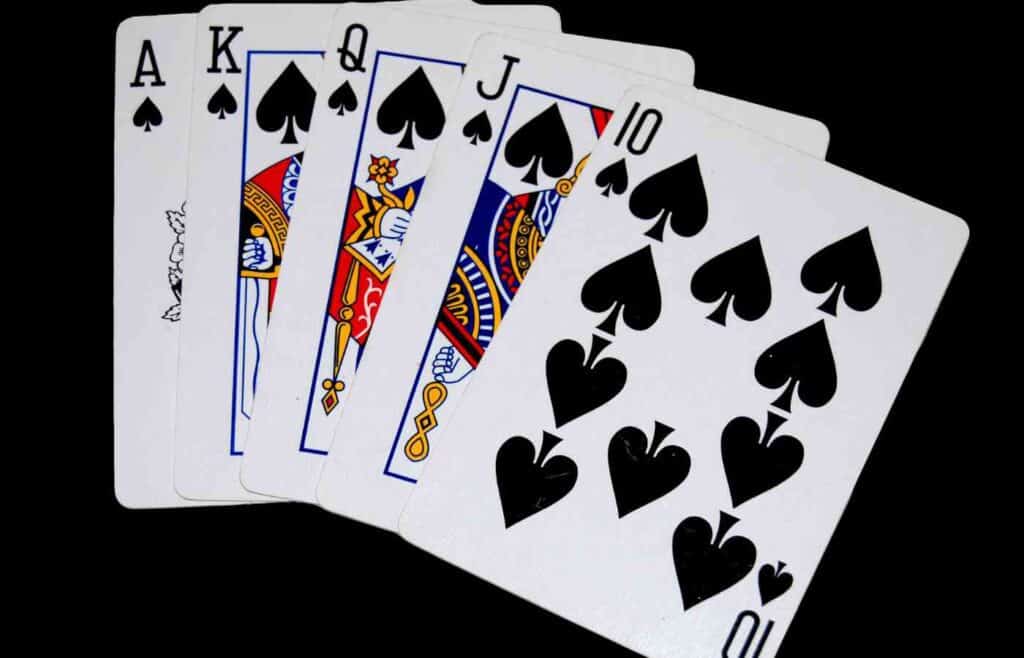
One of the best ways to pass the time when you’re bored is to play card games. Some childhood classics are war, Peanut Butter (also known as B.S.), Gin Rummy, and Speed. Google around to find your favorite! If you don’t have a partner, engage in some independent play with the game Solitaire.
Get Creative with Cardboard Boxes
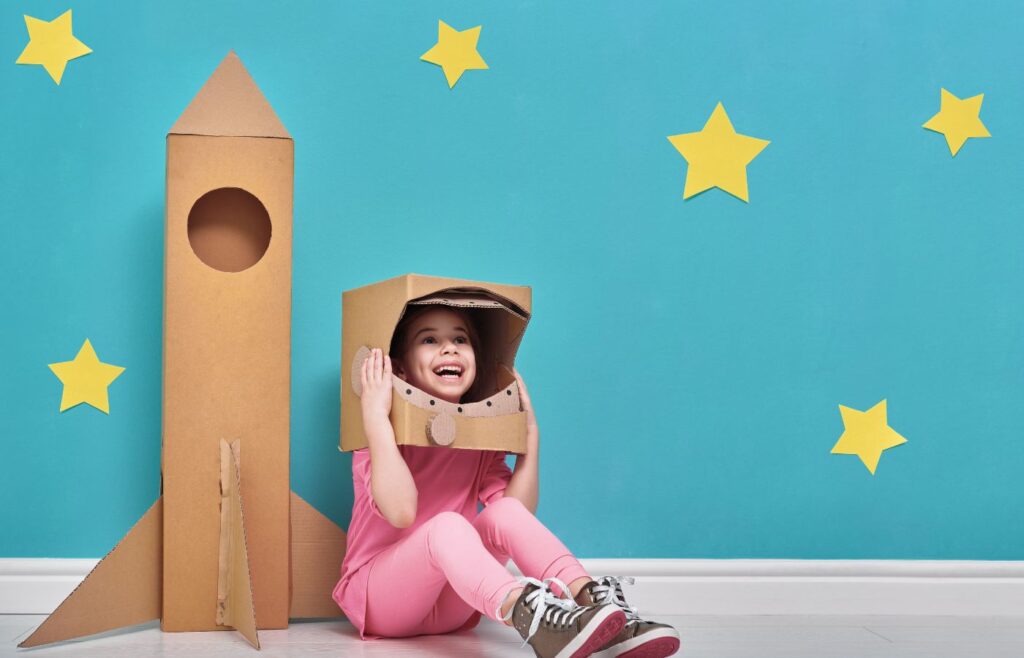
Gather up your Amazon boxes and turn them into new masterpieces. Cardboard boxes can be imaginary cars, robots, houses, ticket booths, and anything else your imagination can dream up.
Play a Board Game
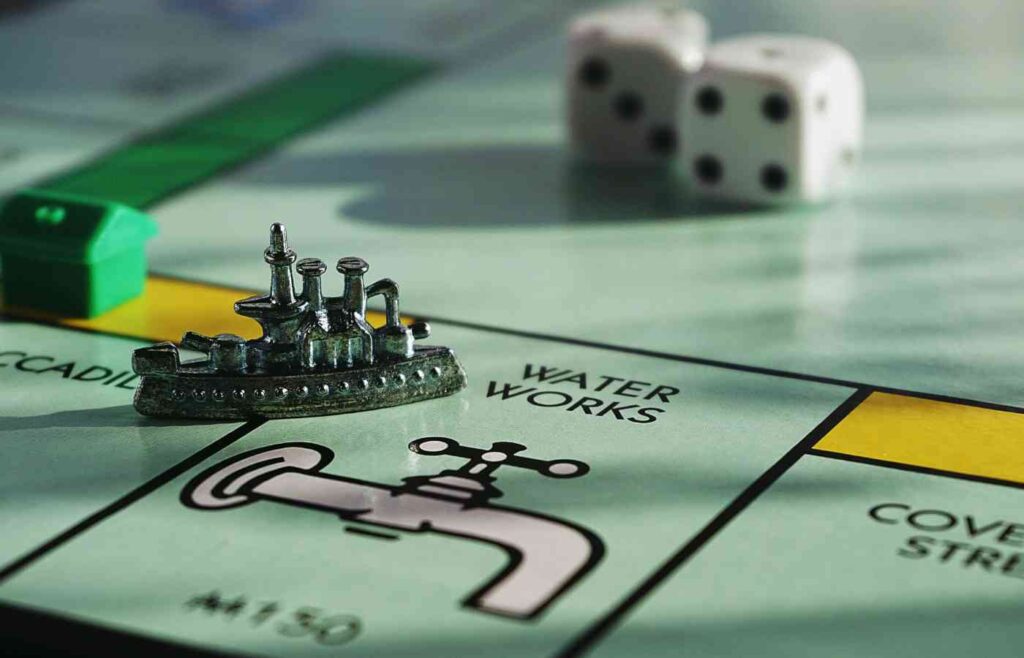
From the classic Monopoly and Trivial Pursuit, to newer favorites like Blank Slate and Apples to Apples, board games have entertained the entire family throughout the decades. Break open the game cabinet, gather around the dining room table, and get started!
Get Crafty and Make Something to Sell
Feeling creative? A rainy day is the perfect time to start a fun craft project! Whether you want to make something for yourself or create items to sell, check out our list of Homemade Crafts For Kids To Make and Sell for inspiration. Who knows? You might even start a small business!
Create an Obstacle Course
A fun way to stay active on a rainy day is with an obstacle course. Anything around the house can be used to create an obstacle course, including pillows, cones, blankets, hula hoops, and wooden blocks. It’s a great activity to get some energy out and test your ninja skills. Don’t worry if you don’t have a lot of space in your house. Even your living room can be turned into an obstacle course with a little creativity!
Make Sock Puppets
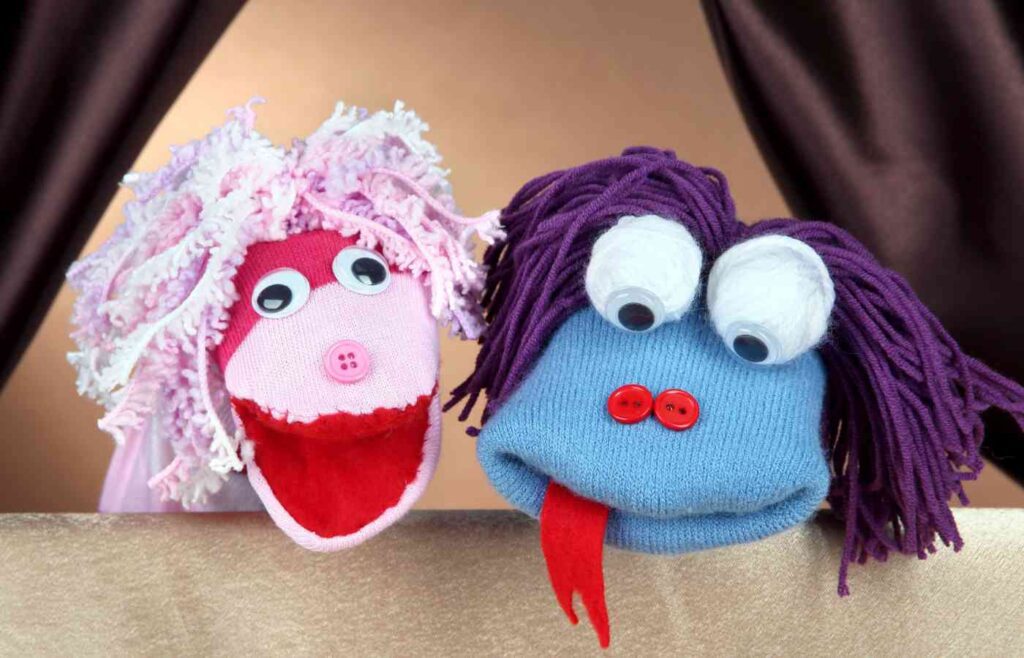
This is one of the best rainy day activities, and sock puppets are so easy to make! Find some clean, long socks around the house. Slide your hand through and grab the end of the sock to form the puppet’s mouth. From here, you can start to envision what your puppet can look like. Use whatever crafts you have on hand to create the sock puppet’s face, hair and clothes.
Make Friendship Bracelets
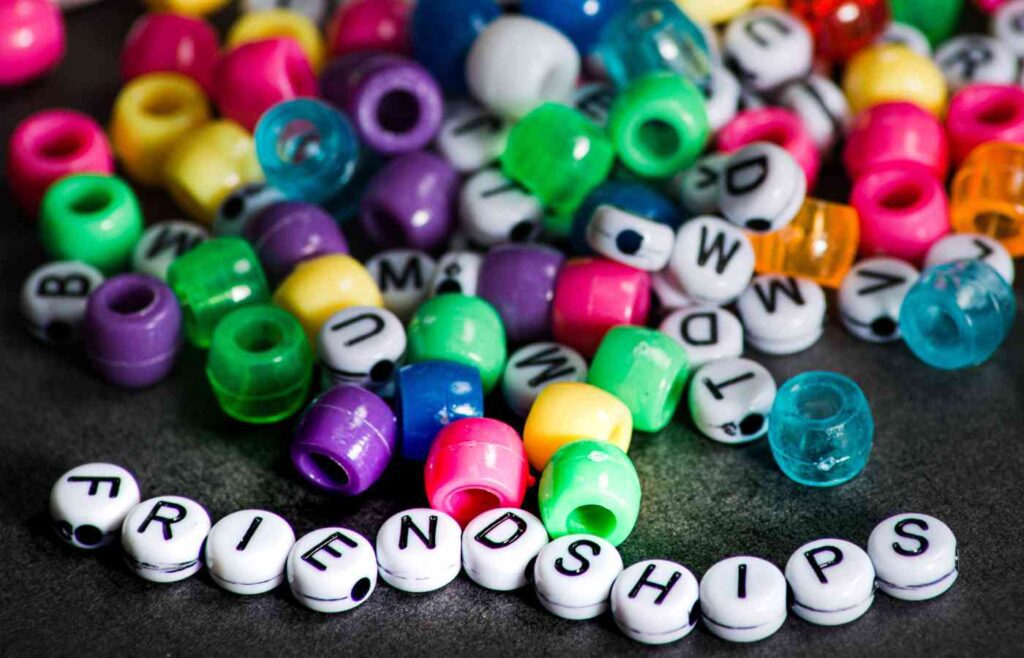
Making friendship bracelets is a great rainy day activity, and it can be a special way of telling someone how much your care about them. You can use string, lanyard, or small rubber bands to create your special gift.
Have a Dance Party
Dancing should be a part of every day! Put on a playlist of your favorite songs and boogie down. Maybe you can even choreograph your own dance. Here are the Best Kids Dance Songs do get your party started.
Play Hide and Seek
One of the most fun things to do when you’re bored is play hide and seek. There’s nothing quite like the thrill of hiding from someone and trying not to be found!
Paint Rocks
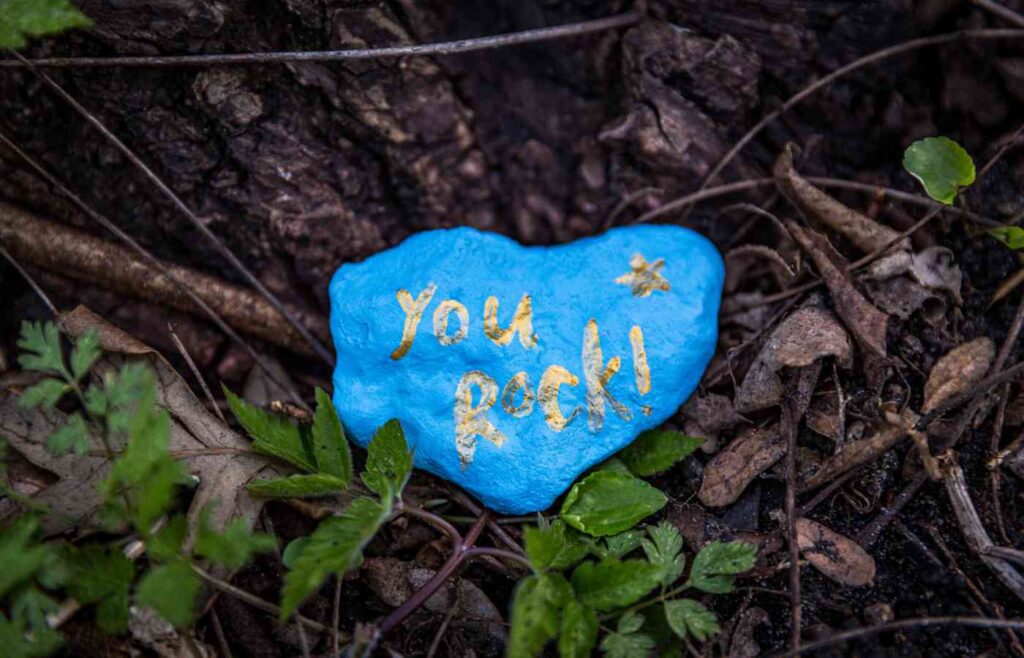
Here’s a painting project with no extra cost required! For this fun activity, look for some rocks that are begging to be painted. Then let your creativity run wild. When the weather clears up, place them outside for people to find!
Do a Jigsaw Puzzle
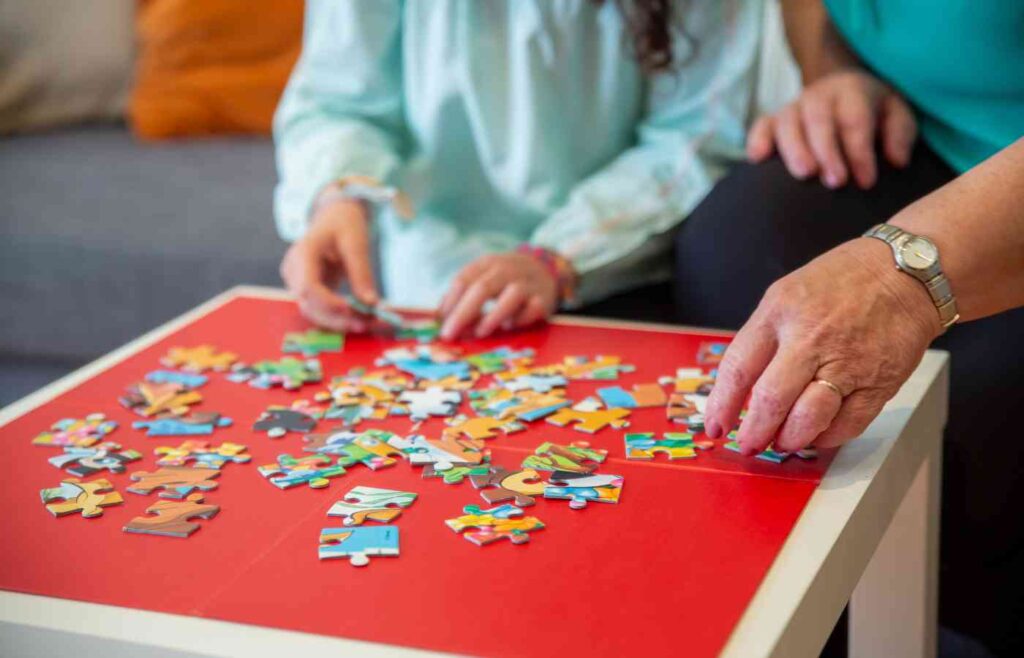
Jigsaw puzzles can be the perfect challenge when you’re feeling bored. There are easy puzzles for younger kids, and difficult ones for older children. If you don’t have any around the house, and you don’t want to spend full price, you can often find inexpensive puzzles at places like Good Will.
Make Paper Airplanes
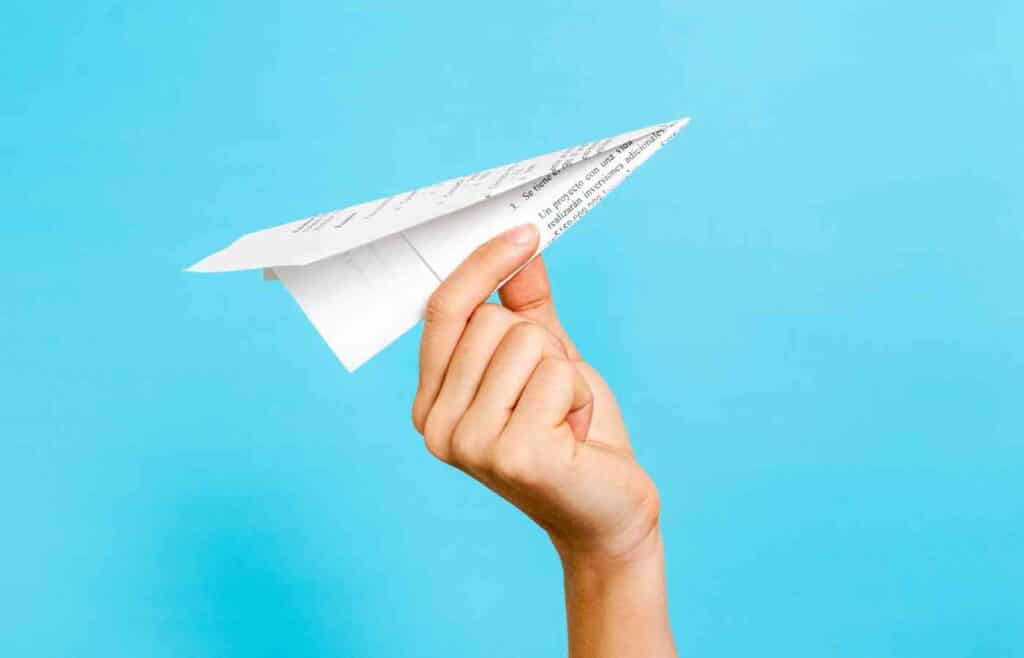
Make some paper airplanes and see how well you can get it to fly. There are all kind of different designs online. You could even use a bucket to play paper airplane cornhole. Try to see if you can get the airplane to land in the bucket.
Create a Time Capsule
Time capsules are a creative way to send a message to your future self. Gather up objects that are symbolic of today’s world (food packaging, magazines, the ribbon you won for swimming, etc.). Some up with some of your own ideas to make it unique to you. Then hide it somewhere and don’t open it for at least ten years!
Do a Shape Scavenger Hunt
A scavenger or treasure hunt can be the perfect antidote to a boring day. There are several pre-made indoor scavenger hunts online or you can create your own list of things to find. If you can’t think of anything, make a list of shapes and try to find something in your house that is that shape.
Make Homemade Ice Cream
Did you know you can make ice cream at home with ingredients that you probably have around the house? Ice Cream in a Bag – Turn simple ingredients into delicious ice cream.
Read a Book
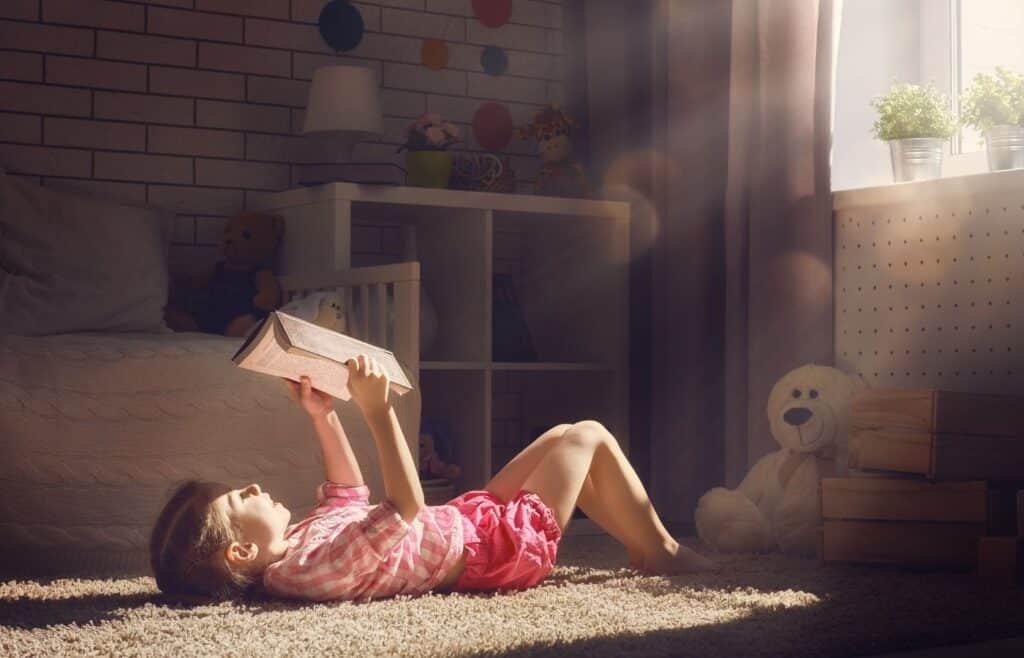
Reading can transport us to totally new worlds, and it’s one of the best things to do when you’re bored. The good news is you don’t even have to spend money on new books. Just head to your local library and check out a few that look good to you. Need some ideas? Here is an updated list of classic children’s books for all ages.
Build a Card House.
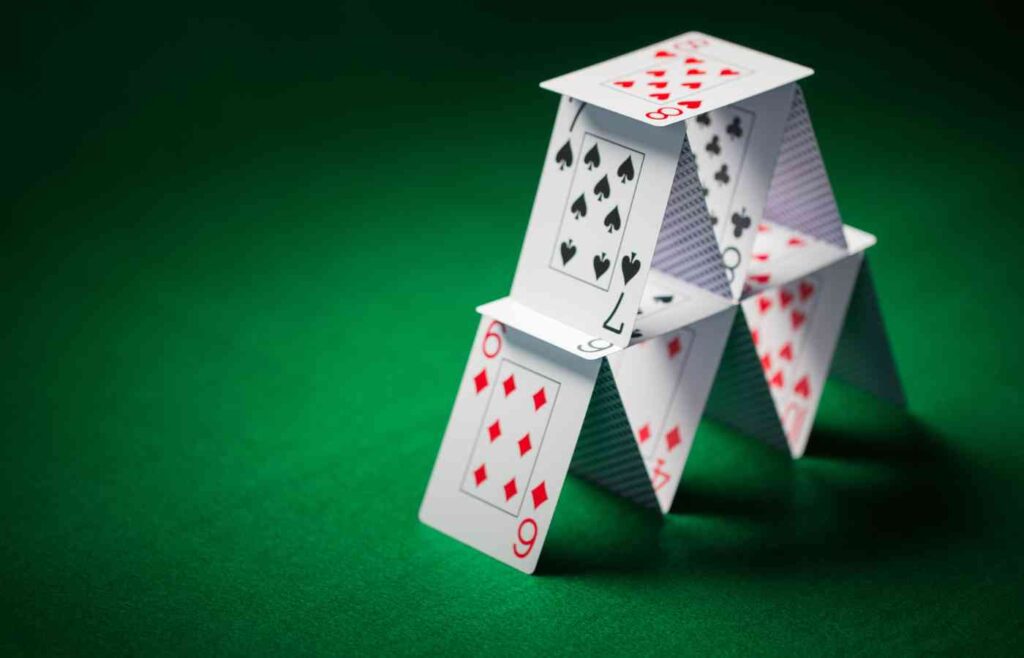
A card house can take a lot of time to perfect and build, but it’s a satisfying feeling when you get the cards to balance just right.
Paint With Watercolors
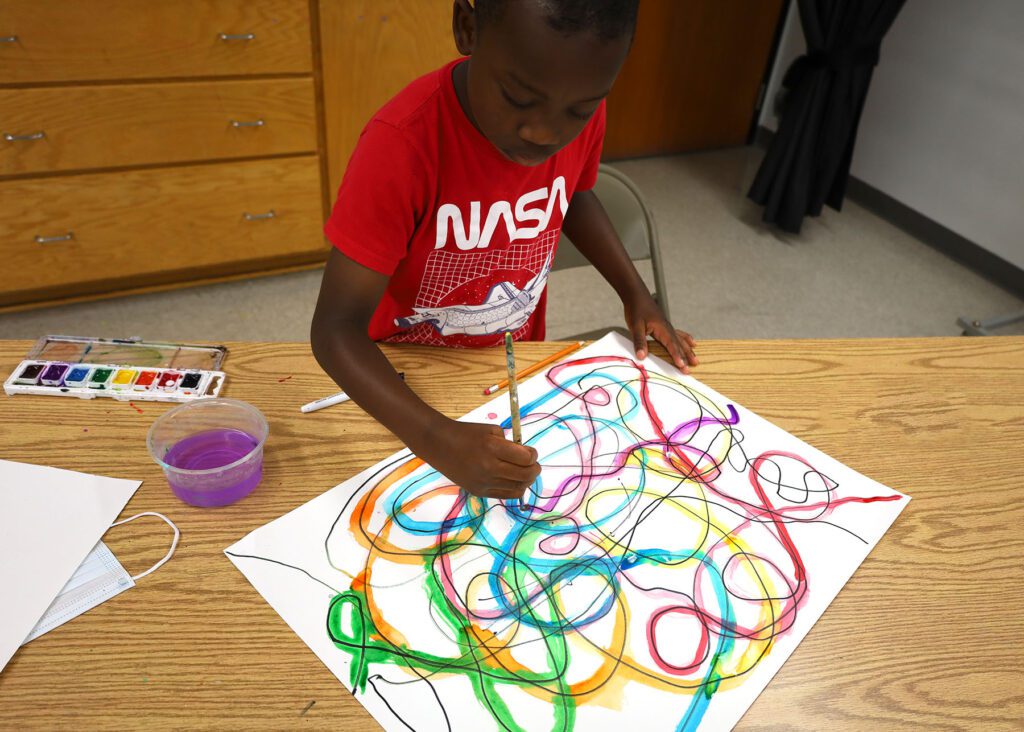
Another creative activity is to paint, and watercolors are typically less messy than other paints. Maybe you can paint something special for each of your family members.
Build a Block or Magna-tile Structure.
You probably have some building blocks lying around, whether they are wooden, magnetic, or legos. Why not build a whole new world right in your living room?
Choreograph a Dance.
No tik-tok required! Just put on your favorite song and plan a dance.
Listen to a Podcast.
There are so many great podcasts for kids out there. Pop in your headphones and listen while you take a walk or do some chores.
Look Through Old Photo Albums.
Do you parents have old photo albums lying around the house or stored away in the basement? You might be surprised how entertaining it is to look through them. You won’t believe how young your parents used to be!
Do Yoga!
Yoga is a way to gently stretch and strengthen your body. Cosmic Kids is a great place to start if you’ve never done yoga before.
Rainy Day Window Art
That’s right! If you have dry erase markers, you can actually draw a picture on the windows. The dry erase marker will wipe right off, so there’s no mess for you.
Mud Paint
When the rain clears up, you can do some fun rainy day outdoor activities. There will be lots of mud outside – perfect for painting! Grab your rain boots and some containers you don’t care much about, some plain paper, and a handful of old paintbrushes. Outside, scoop a healthy amount of dirt into each container, and then add a small amount of water and good amount of food coloring. If you don’t have food coloring, this will be just as fun with plain old mud. Some recipes call for dish soap to help prevent stains in clothes, but it’s also optional. You’re ready to mud paint!
Make Mud Pies
When the rain clears up, there will be lots of mud outside. Grab some old pots and pans and head outside to make mud pie! Fill the tins with mud and then decorate them with rocks, leaves, and flower petals. You may not be able to eat them, but they sure are fun to look at!
Magic Paper Towel Tree
It’s magic! Fold one piece of paper towel in half so that it looks like a book. On the inside of the book, draw a tree trunk and branches, with colorful leaves and fruit. You can add sunshine, blue sky, and anything you fancy! Now, fold your paper towel book so that you can’t see your drawing anymore. Drop it into a bowl of water, and watch how your colorful drawing magically appears! What other spring sketches can you draw?
47. Homemade Play Dough
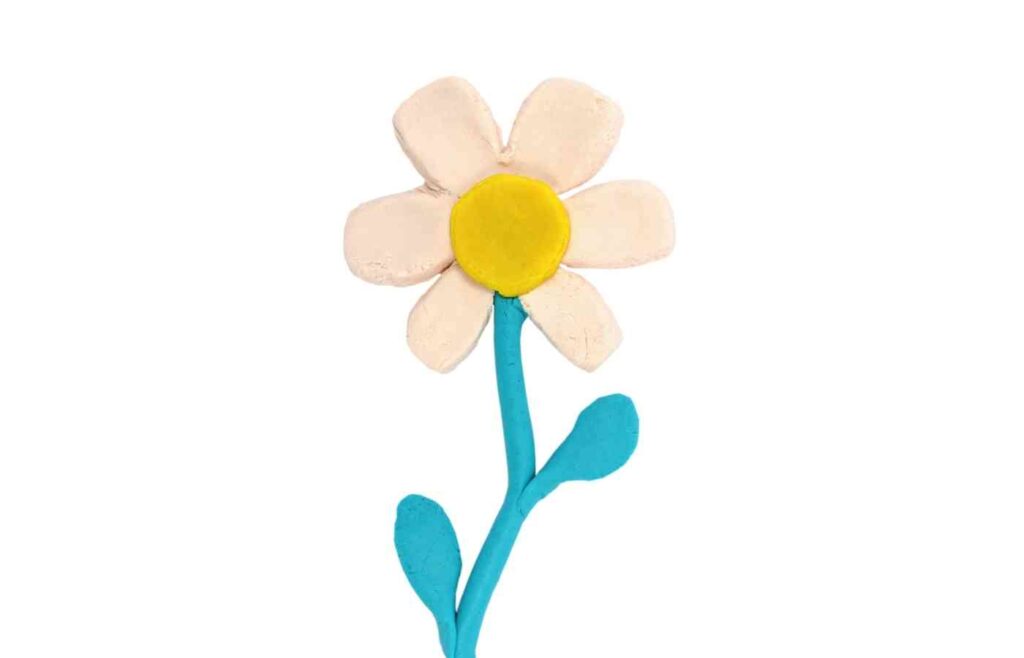
This is a classic DIY project, and kids of all ages will love it.
Materials:
- 3 cups of flour
- 1.5 cups of salt
- 6 teaspoons cream of tartar
- 3 tablespoons of oil
- 3 cups of water
Make a Homemade Rain Gauge
It’s super simple to make a rain gauge from a soda bottle and track your are’a rain water! Cut the top off of a soda bottle and invert the top so that the rain water funnels into the bottle. You may want to secure it with duct tape. Next, put on your rain gear and place it outside in a spot where it can collect rain water.You’ll want to secure it so it doesn’t fall over. Then, begin measuring the rain water each day!
Rainbow Bubble Snakes
The only incredients you need for Rainbow Bubble Snakes are a plastic bottle, some duct tape, a sock without a match, and dish soap. SCORE! I have literally all of these things, and I’m sure you do, too. As usual, it’s more fun with food coloring. See the instructions >>
Three Ingredient DIY foam paint
To make this fun DIY paint, you just need shaving cream, glue, food coloring, and a plastic bag. After you squish the ingredient together, you can make some colorful and unique art! See the instructions >>
Rock Candy Experiment
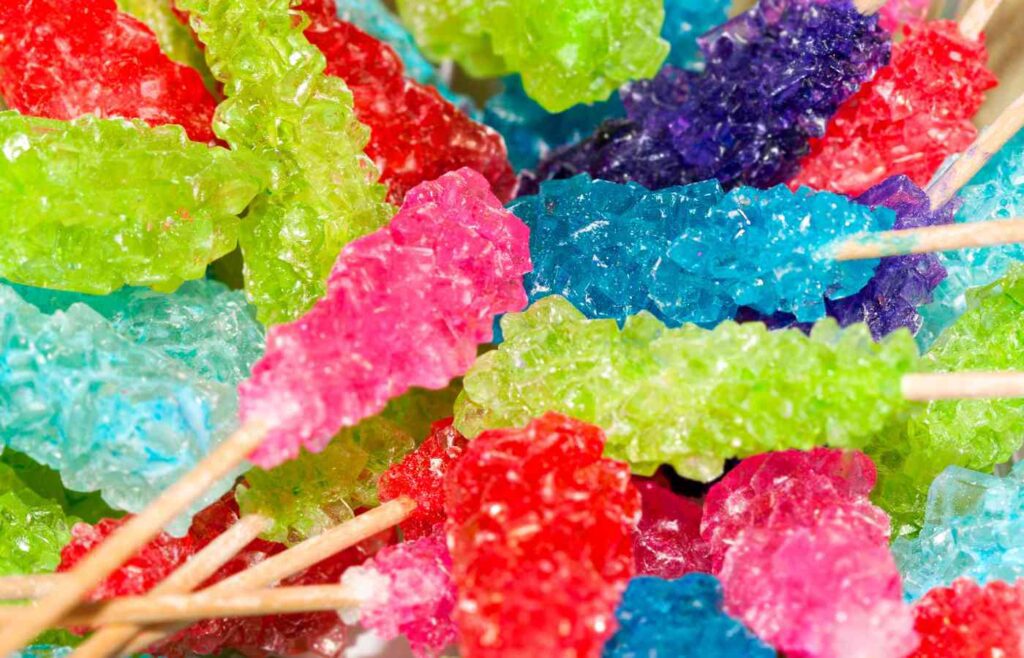
Grow colorful rock candy in a glass!
Giant Dish Soap Bubbles
Make a giant bubble with household ingredients.
Fingerprinting
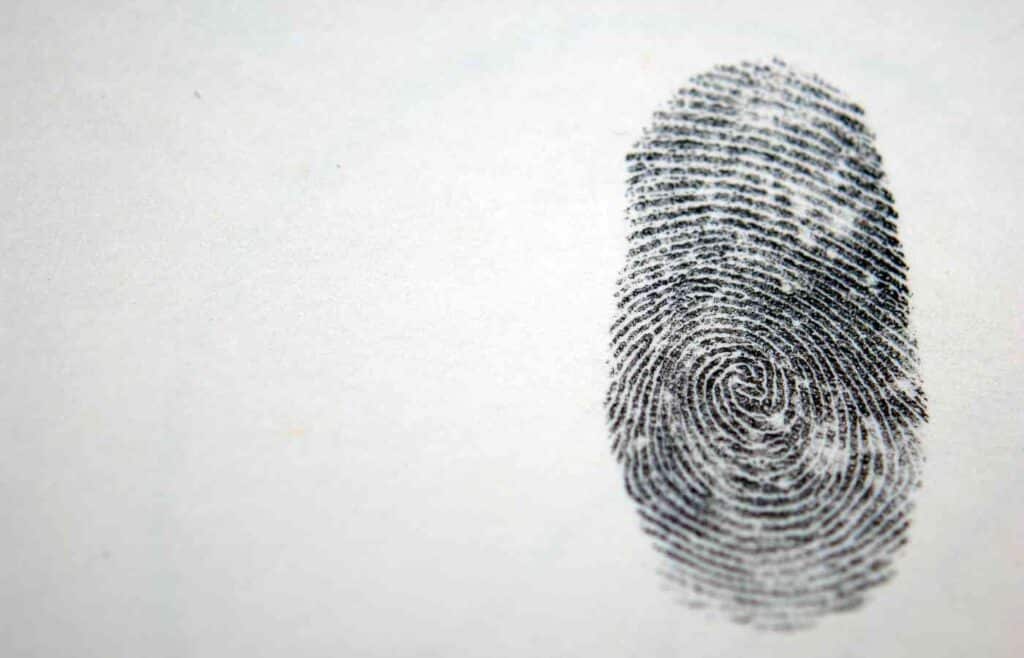
Dive into the infinite world of fingerprints with a no. 2 pencil and paper.
Write a Letter
You can really brighten someone’s day with a hand-written note, and a rainy day is the perfect time to do this.
Make Shadow Shapes
Turn off the lights and grab a flashlight! Take turns making shadow shapes on the walls, with your hands.
Produce a Family News Show
Set up a family News Desk at the kitchen table, and produce a family news show.
Have an Indoor Picnic
Spread out a blanket on the living room floor and enjoy an indoor picnic together with cheese and crackers, fruit, and treats.
Make a Flippy Book
Have you ever seen a book that you flip through and it seems to move like a cartoon? A rainy day gives you lots of time to work on a fun project like this.
Search for Frogs
Put on your rain boots and rain gear, and looks for creatures who love the rain like frogs and turtles.
Search for Rainbows

The best time to find a rainbow is right after it rains. And if you’d like to learn more about this beautiful phenomena, check out our list of incredible rainbow facts – Happy exploring!
We hope you loved this list of fun rainy day activities, and that we chased away your rainy day blues!
Calie Herbst, Editor-in-Chief of Milwaukee With Kids, has spent over a decade combining her experiences as a parent of three to create a hub for Milwaukee’s family adventures.
Her decade-long teaching career in Milwaukee Public Schools and academic background, including a Master’s in Teaching from Marquette University and dual B.A.s in Sociology and Spanish from the University of Wisconsin – Madison, fuel her passion for inclusive and engaging family content.
Calie is also a recognized voice in local media, contributing to WISN Channel 12 News, WTMJ Wisconsin Morning News, Fox 6’s Real Milwaukee, and B93.3.
Discover more about Calie’s journey and editorial approach on her About Page and Editorial Policy Page.




